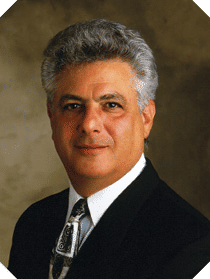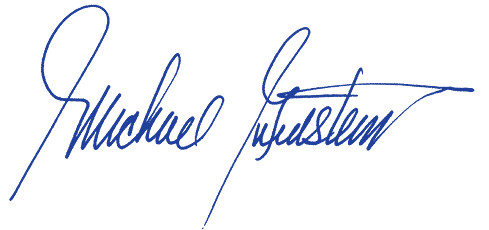Coffeegate
Coffeegate

Publisher & Editor-in-Chief
Michael Goldstein
The other day I went to Starbuck’s and ordered my usual four shots of espresso, straight up. I know what you’re thinking: that’s a lot of caffeine, especially for someone as naturally energetic as I am. But after years and years, I may have built up a tolerance to the caffeine. I picked up the espresso habit as a much younger man, when I worked for Daldi & Matteucci (DEMM) in Italy back in the ’70s. And I’ve stuck with it ever since.
Anyway, when I received my cup from the barista, it felt a little bit light. I held it up and swished it around, asking, “Are you sure this is a quad?” The barista confirmed that it was, indeed, four shots, but told me that the company had recently recalibrated its machines to use less water.
I asked if I was going to be charged less because I was getting less coffee. The answer was no: the price remained unchanged. The barista explained that most people wouldn’t notice, because they order espresso as part of a much larger drink. When you’re ordering a 16-ounce caramel brulee latte, topped with whipped cream and caramelized sugar, a minor change in the amount of espresso probably doesn’t affect the taste much. And you’re still getting a 16-ounce drink. For me, though, the difference was obvious.
Initially, I felt cheated. I was paying the same price, but getting less. I thought it was a little underhanded what Starbucks was doing. If they had just raised the price, the change would have been obvious. In effect, they were raising the price, but in a way that seemed sneaky to me.
So I started thinking about ethics, competition and how you treat your customers.






